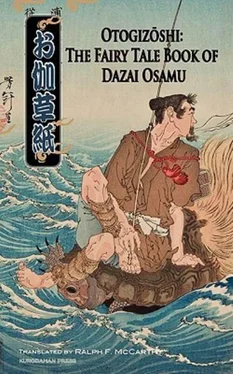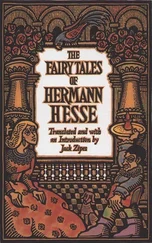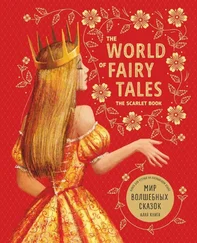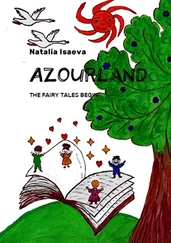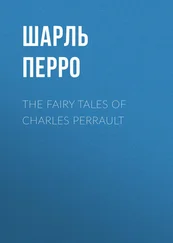
Dazai Osamu
Otogizoshi: The Fairy Tale Book of Dazai Osamu
Translated by Ralph F. McCarthy
Joel Cohn
The air raids that devastated most of the large and medium-sized cities of Japan in the final year of World War II form a decidedly unconventional backdrop for Dazai Osamu’s retellings of four well-known Japanese folk tales. As Dazai’s prologue indicates, he composed these stories in the spring and early summer of 1945 as the increasingly frequent air raids, which had begun in November of 1944, were adding an element of more or less constant danger to the already difficult lives of the residents of Tokyo and other Japanese cities, many of whom had nothing more to rely on in the way of protection than hastily dug backyard trenches. After evacuating his wife and two young children to his wife’s hometown of Kofu in late March, Dazai returned alone to his house on the western outskirts of Tokyo, only to see it damaged by bombs in early April. He then rejoined his family in Kofu, where he completed The Fairy Tale Book shortly before losing his home to an air raid for a second time. Despite the chaotic conditions that prevailed in the months preceding and following Japan’s surrender in mid-August, the book was published in October, making it one of the first works of literature to appear after the end of the war.
In the less than three years that remained before the drowned bodies of Dazai and a mistress were discovered, apparently in the aftermath of a double suicide, he burst forth from relative obscurity to become the first great literary sensation of postwar Japan. His best-known works from these years, especially the novels The Setting Sun (1947) and No Longer Human (1948), not only vividly captured the pervasive sense of misery and emptiness that gripped a ruined nation, they also secured him an enduring place in the Japanese literary pantheon and a seemingly unshakable reputation as Japan’s preeminent voice of gloom and suffering, rendered in an unflinchingly honest and unforgettably vivid style.
To many, including some who have never actually read anything by him, Dazai is a virtual poster boy for the stereotype of the modern Japanese novelist as a tormented spirit, a suicide waiting to happen, and the mere mention of the titles of his best-known works is enough to evoke images of all-encompassing despair. But even at its grimmest, his writing is regularly illuminated with flashes of sardonic wit, and in much of it, especially the pieces from the middle years of his relatively brief career, the sense of angst is muted and his penchant for subtle comedy is deftly displayed. The Fairy Tale Book can be seen as a culmination of this brighter (or at least less miserable) strain in Dazai’s fiction. Even as it immediately confronts us with a tension-laden tableau of a family huddling in an air raid shelter, the prologue offers a surprisingly droll depiction of the slightly feckless-sounding narrator’s attempts to deflect his wife’s complaints and placate a child too young to understand the peril they face. The stories themselves offer only occasional hints of having been composed at a time when the lives of the Japanese people were becoming increasingly desperate - not that a more candid portrayal of the looming threat of disaster would have been approved by the censors.
Turning to traditional Japanese materials was an attractive option for writers during the war years, as they afforded a source of relatively safe subject matter and met the government-imposed mandate for writing that conformed to “national policy” as long as they were handled with proper respect. Dazai had already produced a number of pieces in this vein, but he was rarely one for playing along with authority figures of any kind. In The Fairy Tale Book the apparent mood of reverence for national tradition is periodically undercut as the storyteller notes the difficulty of confirming the accuracy of his sources while cowering in a bomb shelter, points out the failure of some of his characters to embody the time-honored spirit of the samurai, or undermines his purported stance of “deference for the sanctity of the Japanese historical record” with long-winded displays of playful pseudo-pedantry. Most revealingly of all, he explains that he was forced to abandon his plan to provide some momentary diversion for “those fighting courageously to help Nippon through her national crisis” by retelling the stirring tale of the demon-conquering hero Momotaro (a favorite figure during the war years) once he realized that “a completely invincible hero just isn’t good story material” and that “An author who has never been number one in Japan-or even number two or three-can hardly be expected to produce an adequate picture of Japan’s foremost young man.”
As some of these comments suggest, Dazai was also a writer with a compulsive urge to reflect, or even project, his real-life experiences and concerns in his work. In other words, he was very much a representative of the predilection for autobiographical or self-referential semi-fiction, known as shishosetsu , which exerted a powerful hold on many Japanese authors and readers for much of the twentieth century. In these stories he often seems to be encouraging us to draw no dividing line between the author and the teller, occasionally even going so far as to refer to himself by his own name. But here the more directly autobiographical elements, which form the main or even the sole story line in so many other works by Dazai, are confined to the storyteller’s intermittent evocations of wartime conditions and his own personal situation in his introductory and concluding comments, along with his periodic interruptions and digressions, creating a kind of parallel narrative to the tales that he is recounting.
For Japanese readers this addition of a new angle to long-familiar stories is likely to provide a large part of the fun. But for many of them, the pleasure of reading Dazai is as much about getting a feeling of being in touch with the author as it is about being drawn into the world of a story, and in these tales Dazai’s distinctive voice is very much in evidence, reaching out and taking us into his confidence in a warm, intimate tone. Far more often than a conventional storyteller might, he persistently provides his own running commentary on the main events of the tales-sometimes trying to extract a meaning, sometimes wandering off on a tangent that relates more to his own preoccupations than it does to any events in the story. We may not know, or care, whether the “real Dazai” indeed lived through moments like those he describes here, or whether he actually believed everything the storyteller claims to believe, but as in the tales that were told to us as children, the voice and presence of the teller, by turns reassuring, fearsome, and clownish, and occasionally wise, is as much a part of the experience as the incidents and characters themselves.
This is not the only way in which Dazai transforms the traditional tales. He fleshes out the bare bones characterizations and situations of the children’s storybook versions (shown in the translation in bold type), giving each of the sketchily described stock figures of the originals a context and a distinctive personality. Most of these have little or no relation to the traditional story line, and some, such as the garrulous, wisecracking tortoise of “Urashima-san” and the disastrously gendered tanuki and rabbit of “Click-Clack Mountain,” are truly memorable. Many of them are endowed with a degree of psychological complexity and ambiguity that owes more to the techniques of modern fiction than to the simplistic good or evil characterizations of conventional folk tales; this is particularly apparent in the final story, “The Sparrow Who Lost Her Tongue,” where the strengths and flaws of the husband and wife are depicted with deep sensitivity and understanding.
Читать дальше
